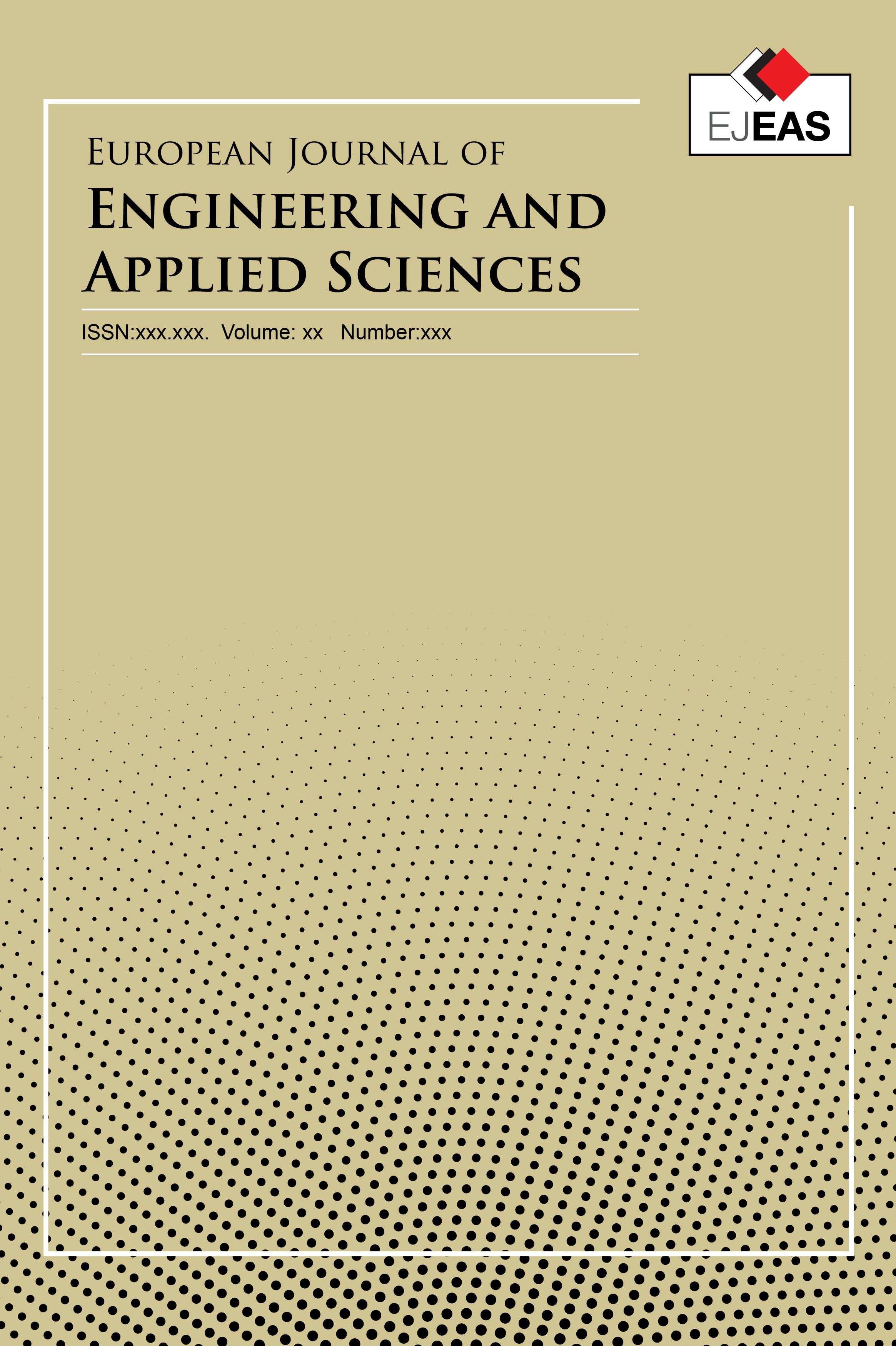Selüloz ve Soya Proteininin Gama Işınlanmış Solüsyonlarından Hazırlanan Karışım Filmler
Selüloz ve soya proteini izolatının harman çözeltileri, bir amin/tuz çözücü sistemi kullanılarak hazırlandı. Gama ışınıyla ışınlanan çözeltilerden harman filmlerin oluşturulmuş ve ışınlanmamış filmlerden daha kararlı moleküler ağa sahip oldukları gözlenmiştir. Işınlama bağlı olarak, kızılötesi spektroskopi ile analiz edilen iki polimer arasındaki etkileşimler değişti ve yayıldı. Termal analiz, ışınlanmış ve ışınlanmamış çözeltilerden oluşturulan filmler arasında küçük termal kararlılık farkları gösterdi. 10 kGy ışınlama dozu uygulanan solüsyonlardan elde edilen filmler kopmada daha yüksek uzama göstermiştir. Dahası, filmlerin şeffaflıkları azaldığı gözlendi. Şeffaflıklarındaki değişime rağmen, filmler, gama ışımasının moleküler yapı üzerindeki etkisi dolayısıyla daha az su emdiler.
Anahtar Kelimeler:
Gama Işınımı, Karışım filmler, Selüloz, Soya Proteini
Blend Films of Cellulose and Soy Protein Isolate Prepared from Gamma Irradiated Solutions
Blend solutions of cellulose and soy protein isolate were prepared by utilizing an amine/salt solvent system. The solutions were gamma irradiated before casting blend films that have more stable molecular network than the ones cast from non-irradiated solutions. Due to irradiation, the interactions between the two polymers altered and shifted that were analyzed by infrared spectroscopy. The thermal analysis showed small differences of thermal stability between the films formed from irradiated and non-irradiated solutions. Up to 10 kGy irradiation dose on the solutions, the resulting films exhibited higher elongation at break. Furthermore, their transparency lowered. Despite their transparency, the films absorbed less water indicating the effect of gamma irradiation on the molecular structure.
Keywords:
Blend film, Cellulose, Gamma irradiation, Soy Protein,
___
- [1] Song Y, Zheng Q (2014) Ecomaterials Based on Food Proteins and Polysaccharides. Polymer Reviews 54 (3):514-571.[2] Gord H, Hammer KD, Neeff R, Berghof K, Eilers M, Taeger E, Buerger H (2004) Chewable film containing cellulose. US Patent 20040166209, 26 Aug 2004[3] Buerger H, Taeger E, Eilers M, Berghof K (2004) Protein shaped body and method for the production thereof according to the NMMO method. US Patent 20040046277, 11 Mar 2004[4] Bourtoom T (2009) Edible protein films: properties enhancement. International Food Research Journal 16 (1):1-9[5] Zhu Y (2012) The Development of Membranes Made with Blends of Soy Protein and Other Natural Biopolymers using a Novel Solvent System and Stabilized with Glutaraldehyde. North Carolina State University, Raleigh, NC[6] Schuessler H, Schilling K (1984) Oxygen Effect in the Radiolysis of Proteins: Part 2 Bovine Serum Albumin. International Journal of Radiation Biology 45 (3):267-281.[7] Cheftel JC, Cuq JL, Lorient D (1985) Amino acids, peptides, and proteins. In: Fennema OR (ed) Food chemistry, vol 2. Marcel Dekker, New York, pp 245-369[8] Garrison WM (1987) Reaction mechanisms in the radiolysis of peptides, polypeptides, and proteins. Chemical Reviews 87 (2):381-398.[9] Lee M, Lee S, Song KB (2005) Effect of γ-irradiation on the physicochemical properties of soy protein isolate films. Radiation Physics and Chemistry 72 (1):35-40.[10] Lacroix M, Le TC, Ouattara B, Yu H, Letendre M, Sabato SF, Mateescu MA, Patterson G (2002) Use of γ-irradiation to produce films from whey, casein and soya proteins: structure and functionals characteristics. Radiation Physics and Chemistry 63 (3–6):827-832.[11] Ouattara B, Canh LT, Vachon C, Mateescu MA, Lacroix M (2002) Use of γ-irradiation cross-linking to improve the water vapor permeability and the chemical stability of milk protein films. Radiation Physics and Chemistry 63 (3–6):821-825.[12] Xu W, Liu B, Yang H, Liu K, Jia S, Chen F (2014) Effect of γ-irradiation on the physicochemical properties of mixed soy protein isolate/starch material. African Journal of Biotechnology 11 (28):7238-7246[13] Krässig HA (1993) Cellulose: Structure, Accessibility, and Reactivity. Gordon and Breach Science, [14] Pruzinec J, Kadlecik J, Varga S, Pivovarnicek F (1981) Study of the effects of high-energy radiation on cellulose. Radiochemical and Radioanalytical Letters 49 (6):395-404[15] 15. Ciechańska D, Wesołowska E, Wawro D (2009) An introduction to cellulose fibres. In: Eichhorn SJ, Hearle JWS, Jaffe M, Kikutani T (eds) Handbook of textile fibre structure, vol 2. Woodhead Publishing, Cambridge, England, pp 3-61
- ISSN: 2651-3412
- Yayın Aralığı: Yılda 2 Sayı
- Başlangıç: 2018
- Yayıncı: Tekirdağ Namık Kemal Üniversitesi
Sayıdaki Diğer Makaleler
Atıktan Türetilmiş Yakıt: Yasal Çerçeve, Avrupa’daki ve Türkiye’deki Durum
Dokusuz Kumaşların Özelliklerine Serim Yönünün Etkisi
Selüloz ve Soya Proteininin Gama Işınlanmış Solüsyonlarından Hazırlanan Karışım Filmler
Ramiz BOY, Mohamed BOURHAM, Richard KOTEK
Web Veri Çıkarımda Çıkarım Kurallarının İncelenmesi
Erdinç UZUN, Tarık Yerlikaya, Oğuz Kırat
Sürdürülebilir Kalkınma Ekseninde Enerji Verimliliği Uygulamaları: Türkiye Değerlendirmesi
